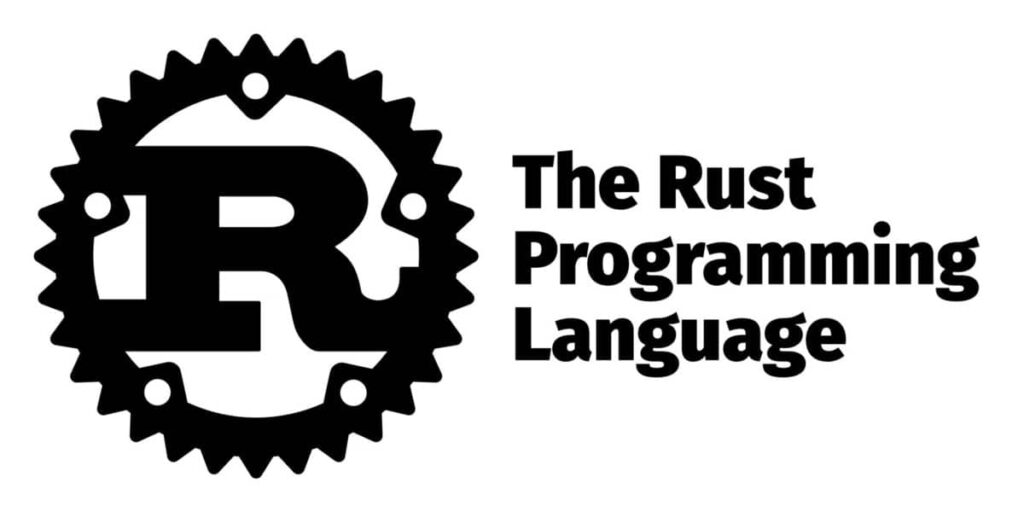5 Books to Learn RUST Programming Languages: Is it possible to narrow down all the best rust books into a handful of titles? Presumably, there has to be an authoritative source of information or reference on the shelves somewhere. For the sake of programmers from all walks of life, this article highlights 5 books worth looking at.
Some of these published works speak to beginning programmers whereas others provide expert advice. Each book has its measure of invaluable insight and information if examined carefully enough. Reading, or at least skimming over, all 5 books are recommended for a complete understanding of Rust programming.
Table of Contents
What is Rust Programming Languages?
Rust is a language for systems programming that processes the interconnection of functions and protocols between various digital technologies. The source for this language closely resembles the C++ lexicon. It integrates with software from databases and media processing to memory management and networking.
Read 11 Things I Always Tell My Juniors To Keep In Mind When Programming
The structure of Rust programming language enhances the performance and security of computing systems running offline or on the web. Rust has module capability with all kinds of software codes because its syntax doesn’t allow for error.
Programming Rust: Fast, Safe Systems Development
This rust programming language tutorial gets off to a good start. It offers comprehensive guidance to system programming, by covering the fundamental concepts of Rust. This is explained in chapters 1 and 2. It’s recommended reading for programmers of all levels. Chapters 3-5 focus on data types, ownership and references. Collectively, these five coding lessons are stepping stones to fully grasping the nuances and details explained in later texts.
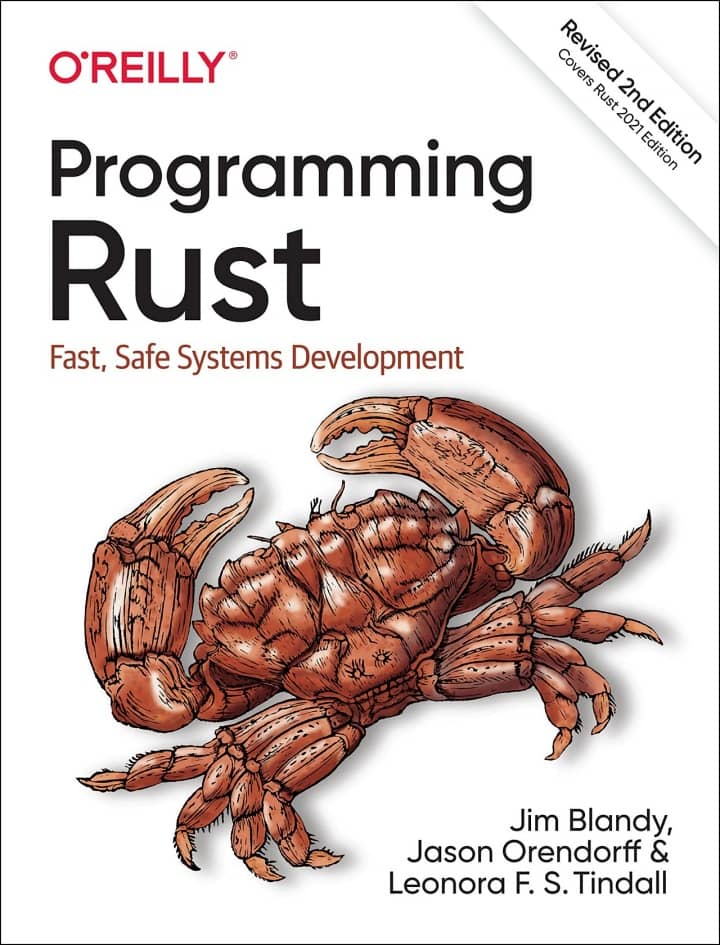
Chapters 1-5 at a glance:
- Introduction
- Fundamentals
- Data types
- Ownership
- References
The explanation of Rust programming language gets slightly more complex in chapters 6-10. The aspect of expressions is covered, followed by error handling. Things get interesting with crates and modules. Structs, enums and patterns are explained just about halfway through the book.
Chapters 6-10 at a glance:
- Expressions
- Error handling
- Crates and modules
- Structs
- Enums and patterns
The information after that delves into concepts crucial to Rust programming. This has something to do with the importance of traits and generics as they pertain to interface and integration. Critical analysis winds down with a look into trait support and overloading operators. It all wraps up with an overview of utility traits, closures and iterators.
Chapters 11-15 at a glance:
- Traits and generics
- Interface and integration
- Utility traits
- Closures
- Iterators
The book has a good close as well with a focus on reference and ownership. With the heavy reading out the way, the remaining information can be read as needed. According to the authors, these materials can be used for reference.
Chapters 16-21:
- 16. Collections
- 17. Strings and texts
- 18. Input and output
- 19. Concurrency
- 20. Macros
- 21. Unsafe code
Rust in Action
This book is more of a working programmer’s instruction guide. Content focuses on inside works of Rust programming and its use in the real world, so to speak. Chapters are separated into two distinct parts. The first part does have an introductory nature that covers fundamental information and concepts. But at the same time, it’s intended to display stand-alone information as a foundation for reference.
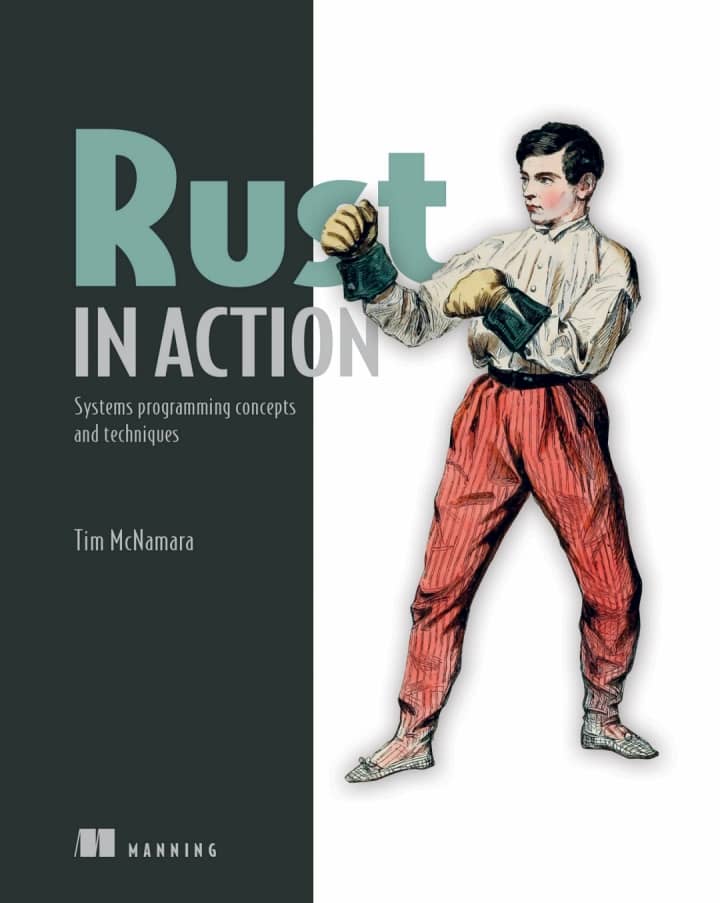
Chapters 1-4 at a glance:
- Introducing rust
- Language foundations
- Compound data types
- Lifetimes, ownership, and borrowing
Part 2 expounds on the processes involved with data expression, storage and communication. These chapters cover the processes involved with language programming along with concepts such as CPU emulators and HTTP implementation.
Read: Top 5 Differences Between Coding and Programming
Chapters 5-12 at a glance:
- Chapter 5. Data in depth
- Chapter 6. Memory
- Chapter 7. Files and Storage
- Chapter 8. Networking
- Chapter 9. Time and timekeeping
- Chapter 10. Processes, threads and containers
- Chapter 11. Kernels
- Chapter 12. Signals interrupt and exceptions
Beginning Rust: From Novice to Professional
This book is a no-nonsense teaching guide that’s designed to improve the practical understanding of Rust programming skills. It approaches the subject from a beginning programmer’s point of view. It’s not a stand-alone tool for teaching the process of programming. But hands-on instruction demonstrates the best way to learn rust with the simplest line of code in programming.
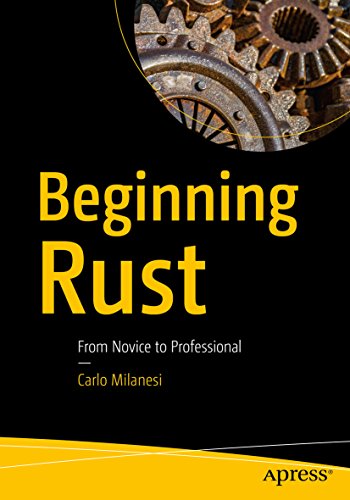
This is found in chapter 1:
fn main(){}Which does nothing, as the main function.
From there, instructions continue to build an understanding of fundamental concepts through step-by-step exercises. The clear tone and practical approach within each exercise make following instructions easily. It’s perfect for anyone who needs a crash course in systems programming that doesn’t want a dizzying headache.
Chapter 2 moves on to instructions for lines of code like this:
fn main () {
println!(“{}”, “This \
is \
just on line”);
Which turns out to look something like this:
This is just online
The chapters of this book, along with subsections, are too numerous to list. The first one starts with printing on a terminal and the last one closes out with lifetimes.
Hands-on Microservices with Rust
This book intends to teach a niche set of readers about the more complex concepts and properties of Rust programming. It specifically focuses on rust programming language we want to take the subject of microservices and what they can do in a real-world setting. It’s not meant to expound on too many other things.
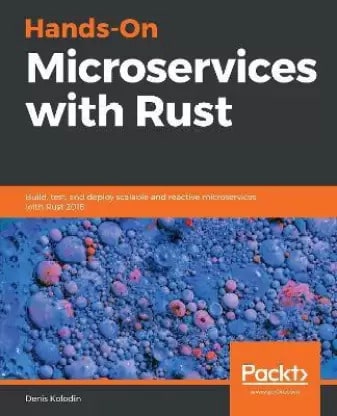
If you happen to be a programmer who does not need the basics of Rust, then the information in this book should suit you perfectly. It’s also a decent teaching tool for anyone who happens to know a great deal about microservices technology but not that much about Rust programming.
The best way to overview the subject matter of this book is with a verses comparison of its first and final chapters. Here it is:
Introduction to Microservices vs. Bounded Microservices with AWS Lambda
The Complete Rust Programming Reference Guide
Book 5 has all the insight and information a beginning programmer needs to advance to the intermediate level. It also includes all the data needed for programmers to build rock-solid knowledge of algorithms and confidence. It starts with the customary introduction to Rust language programming concepts.
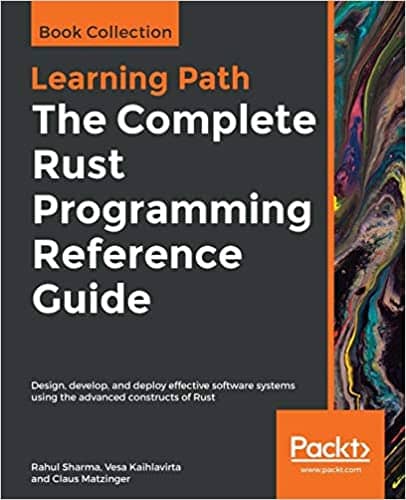
Chapters 1-6 at a glance:
- Chapter 1. Getting Started with Rust
- Chapter 2. Managing Product with Cargo
- Chapter 3. Tests, Documentation and Benchmarks
- Chapter 4. Types, Generics and Traits
- Chapter 5. Memory, Management and Safety
- Chapter 6. Error Handling
But from there it takes off to functions and code execution that shows a little practical sophistication.
Chapters 7-12 at a glance:
- Chapter 7. Advanced Concepts
- Chapter 8. Concurrency
- Chapter 9. Metaprogramming with Macros
- Chapter 10. Unsafe Rust and Foreign Interfaces
- Chapter 11. Logging
- Chapter 12. Network Programming in Rust Sync
Ideas about how to learn rust continue to overlap and build on earlier subjects as the chapters go on. This text is designed to pair with programming Microsoft programming software to enhance the reading and learning experience.
Chapters 13-18 at a glance:
- Chapter 13. Building Web Applications with Rust
- Chapter 14. Lists, Lists and More Lists
- Chapter 15. Robust Trees
- Chapter 16. Collections in Rust
- Chapter 17. Algorithms Evaluation
- Chapter 18. Ordering Things
